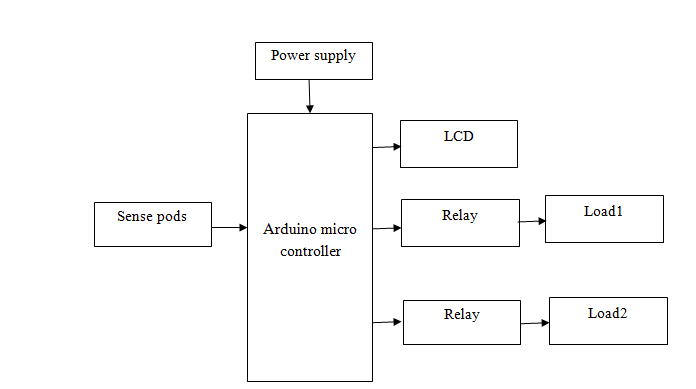Abstract
Low-cost sensors and ubiquitous wireless networking is enabling novel ways in which homeowners can interact with their smart homes. Many complementary approaches like using voice commands, direct interaction by using touch or weight, or by using body gestures are emerging.
This project shows the design and implementation of a novel low-power, low-cost, hand-held wireless device called a SensePod. SensePods can be used by a consumer to interact with a smart home using simple gestures like rubbing, taping or rolling the device on any home surface like a dining table. The device is only 4.5 cm long, forms an ad-hoc wireless network using the ZigBee protocol, and can be easily interfaced to existing home management systems. The gestures in each device can be programmed to control various objects of a smart home like smart curtains, for example. Hidden Markov Models (HMM) were used to train the device to recognize various gestures. The device was tested with a variety of gestures and has a recognition rate of over 99.7%, and a response time of less than two milliseconds.
NOTE: Without the concern of our team, please don't submit to the college. This Abstract varies based on student requirements.
Block Diagram

Specifications
Hardware Requirements:
- Arduino.
- LCD
- Relay.
- Load1.
- Senepods.
- Power supply
- 12v 1a adapter
Software Requirements:
- Arduino IDE
- Embedded C
Learning Outcomes
- Micro controller pin diagram and architecture
- How to install Arduino IDE software
- Setting up and installation procedure for Arduino
- Introduction to Arduino IDE
- Basic coding in Arduino IDE
- About Project Development Life Cycle:
- Planning and Requirement Gathering ((Hardware components, etc.,)
- Hardware development and debugging
- Development of the Project and Output testing
- Practical exposure to:
- Hardware tools.
- Solution providing for real time problems.
- Working with team/ individual.
- Work on Creative ideas.
- Project development Skills
- Problem analyzing skills
- Problem solving skills
- Creativity and imaginary skills
- Testing skills
- presentation skills
- Thesis writing skills





 Paper Publishing
Paper Publishing
